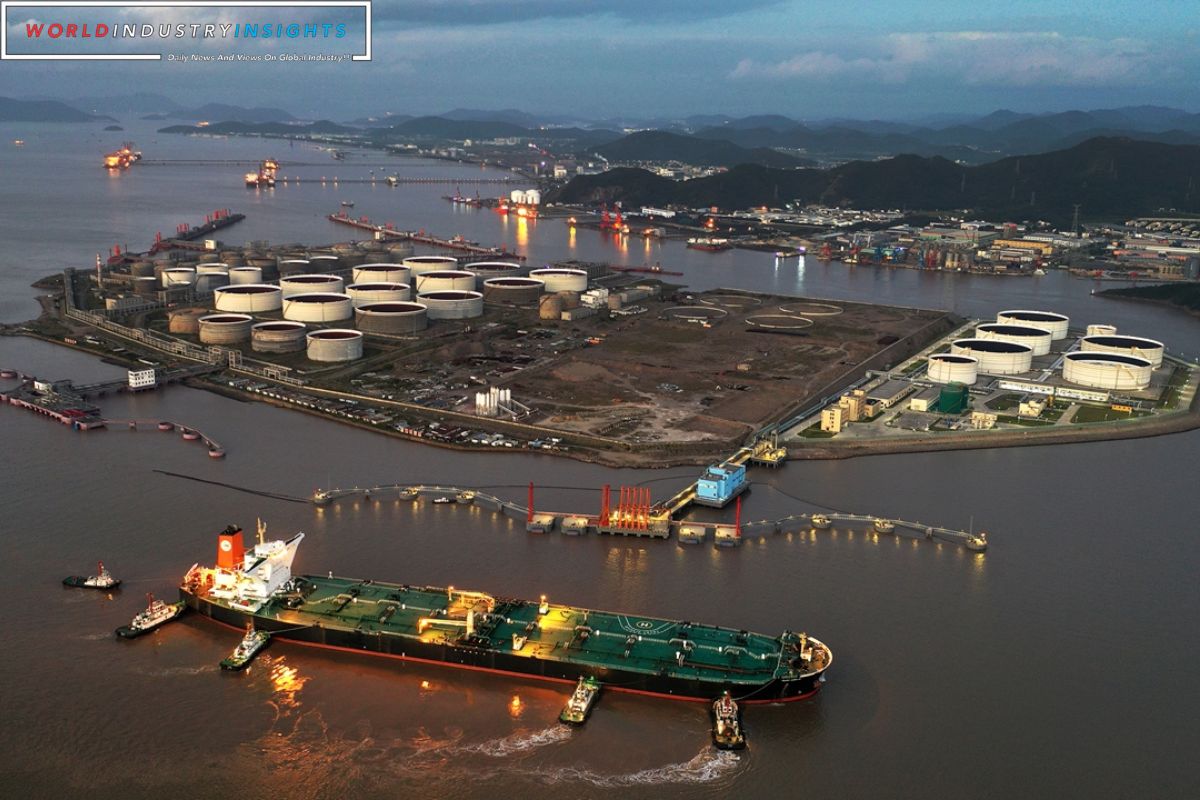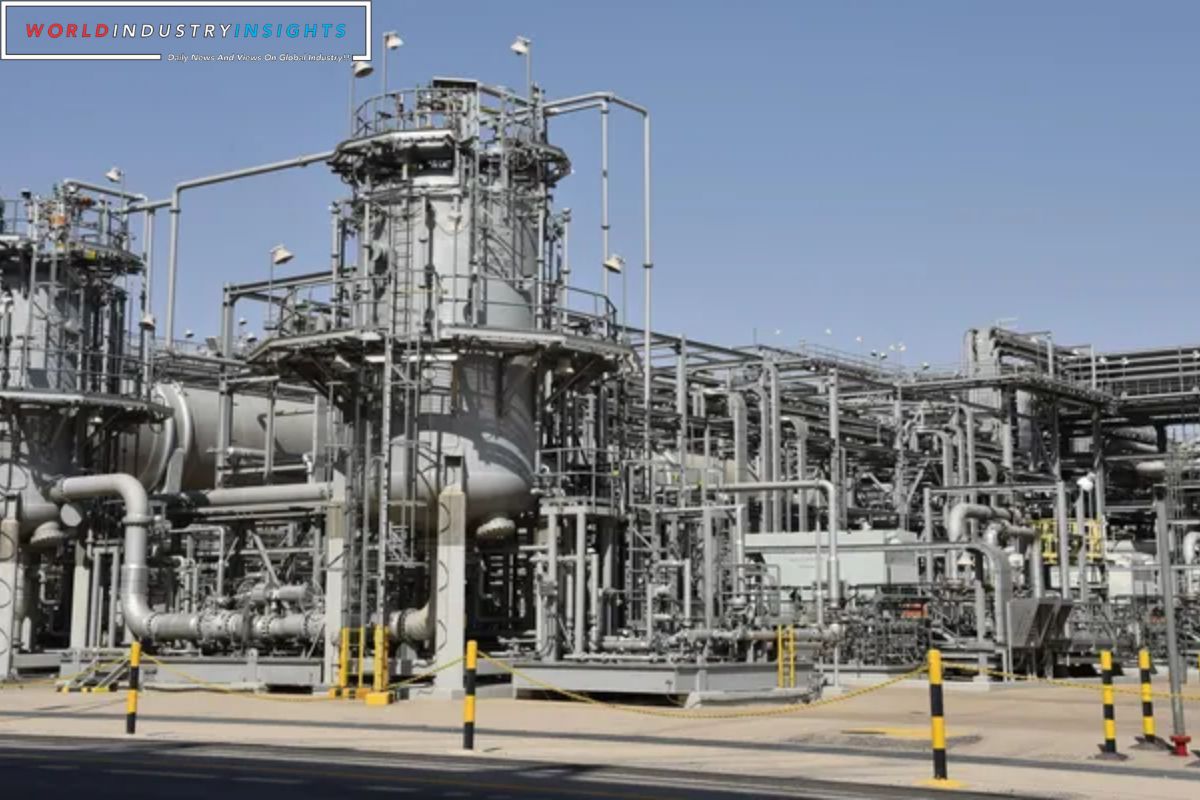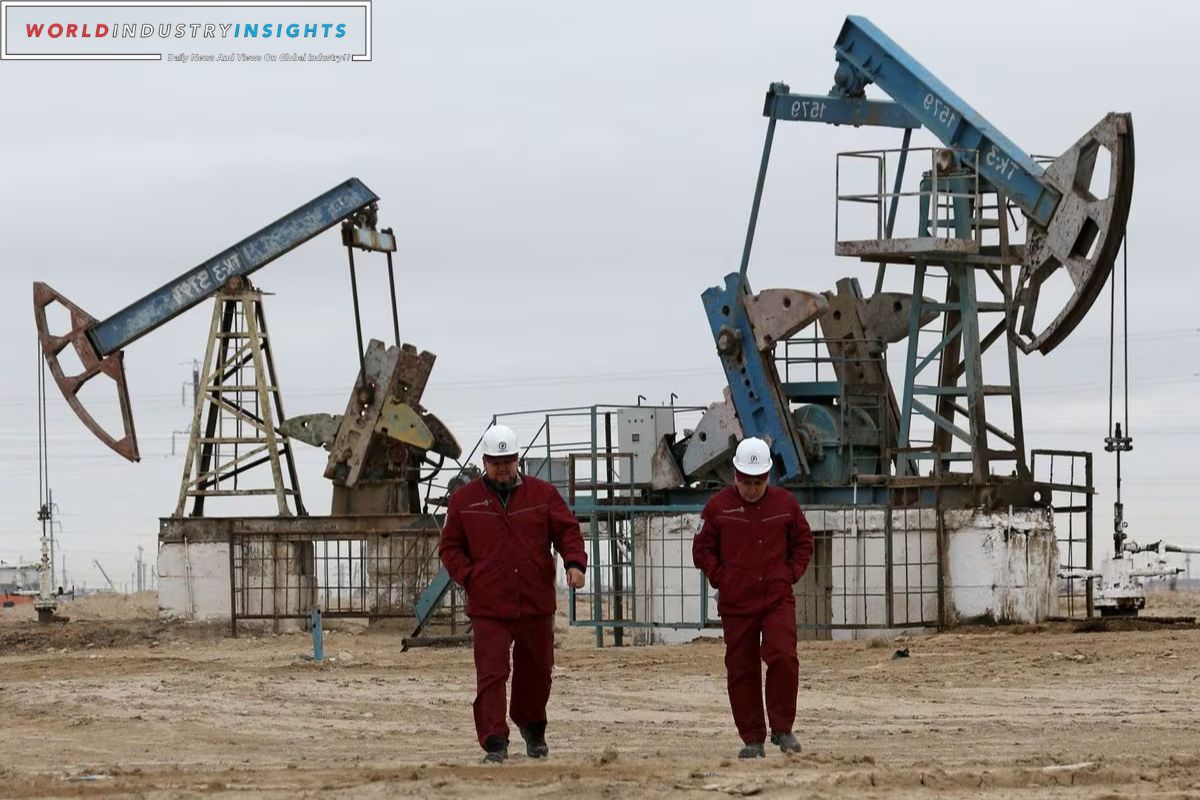Rising Oil Prices: In recent months, the global oil market has witnessed a significant rise in prices, unsettling both consumers and investors alike. While the usual suspects like geopolitical tensions and supply-demand dynamics have always played a role, a new factor has emerged as an unexpected contributor to this surge: interruptions in the Red Sea.
This strategic waterway, connecting the Mediterranean Sea to the Indian Ocean, has experienced disruptions due to various incidents, including piracy attacks and geopolitical conflicts. In this article, we will delve into the details of these interruptions and their impact on oil prices, as well as explore the broader implications for global supply chains and trade.
Additionally, we will examine the trends in US oil production and the potential political influence on the market, particularly in light of President Biden’s policies. Join us as we uncover the intricate web of factors behind the rising oil prices and their far-reaching consequences.
Key Takeaways
– Two oil tankers attacked in the Red Sea, leading to disruptions in the flow of oil.
– The disruptions have caused a significant increase in oil prices globally.
– Global supply chains and trade are being affected by the interruptions in the Red Sea, leading to potential shortages and price increases for goods.
– The record levels of US oil production are exerting downward pressure on global oil prices, reshaping the dynamics of the oil market.
Also Read: Oil Prices Reach Highest Level : Since April as Saudi Arabia and Russia Extend Production Cuts
Introduction & Summary of the Incident
Two oil tankers were recently attacked in the Red Sea, leading to heightened concerns about global oil supply and contributing to a surge in oil prices. These attacks, which occurred in a key transit route for oil shipments, have raised alarm bells in the international community.
The incidents involved sabotage and use of explosive devices, further exacerbating fears about the safety and security of oil transportation. The attacks have disrupted the flow of oil, causing potential disruptions to global supply chains and threatening the stability of oil markets.
As a result, oil prices have experienced a significant increase, with analysts predicting further volatility in the coming weeks. This incident serves as a stark reminder of the vulnerability of global oil supply and the potential impact of geopolitical tensions on oil prices and the overall economy.
Details about the Impact on Rising Oil Prices
The recent interruptions in the Red Sea have had a significant impact on oil prices, resulting in a notable increase in global market rates. Concerns about supply disruptions caused by the attacks have led to higher oil prices as market participants factor in the potential disruptions to supply. This has caused gas prices to fall back to the $70 to $75 range, after reaching $100 a barrel earlier this year. To better understand the impact on oil prices, let’s take a look at the following table:
| Factor | Impact on Oil Prices | Explanation |
| Supply Disruptions | Increase | The attacks have raised concerns about the safety of oil shipments in the region, leading to potential supply disruptions. |
| Insurance Costs | Increase | The increased risk of attacks has resulted in higher insurance costs for vessels, which are passed on to consumers in the form of higher oil prices. |
| Market Sentiment | Increase | The uncertainty surrounding the Red Sea interruptions has caused market participants to be more cautious, leading to higher oil prices. |
As we can see from the table, multiple factors have contributed to the increase in oil prices. The supply disruptions, higher insurance costs, and market sentiment have all played a role in driving up global market rates. It is crucial for market participants to closely monitor the situation in the Red Sea to assess the potential impact on oil prices in the future.
Implications on Global Supply Chains & Trade
Continuing from the previous subtopic, the interruptions in the Red Sea have raised concerns about the potential impact on global supply chains and trade.
The Red Sea is a crucial shipping route for oil and other commodities, connecting major economies in Europe, Asia, and Africa. Any disruptions to the flow of goods through this region could have far-reaching implications for global trade.
For instance, if shipments are delayed or halted, it could lead to shortages and price increases for certain goods, affecting businesses and consumers worldwide.
Additionally, supply chain disruptions can also result in increased transportation costs and logistical challenges, as companies will have to find alternative routes and modes of transportation.
Ultimately, the interruptions in the Red Sea highlight the interconnectedness of global supply chains and the potential vulnerability of trade flows.
US Oil Production Trends
US oil production trends have become a significant factor in the unexpected consequences of the interruptions in the Red Sea.
The United States is poised to reach a global record of 13.3 million barrels per day of crude and condensate during the fourth quarter of this year. This surge in US output has caught experts off guard, leading analysts at Goldman Sachs to revise their forecast for oil prices next year.
With weekly US oil production already surpassing the previous record set under the Trump administration at 13.2 million barrels per day, the strength of US output is exerting downward pressure on global oil prices.
This unexpected trend in US oil production is reshaping the dynamics of the oil market and impacting the global energy landscape.
Political Influence & Biden’s Policies
Biden’s energy policies and their political influence have become a key factor in the rising oil prices due to the interruptions in the Red Sea. Critics argue that Biden’s limiting access to new production is exacerbating the global oil supply shortage. However, the Biden administration has adopted a more pragmatic approach to fossil fuels in response to high gas prices and geopolitical events. This shift in tone reflects the recognition that American energy production can play a stabilizing role for consumers both domestically and globally.
The table below provides an overview of some key aspects of Biden’s energy policies and their political implications:
| Aspect | Biden’s Energy Policies | Political Influence |
| Climate-focused stance | Initially focused on reducing greenhouse gas emissions and transitioning to renewable energy sources. | Garnered support from environmentalists, but faced criticism from industry and politicians who argued it would lead to job losses and higher energy prices. |
| Neutral position | Shifted to a more neutral position, recognizing the importance of fossil fuels for stability and affordability. | Received mixed reactions, with some praising the pragmatism and others accusing the administration of flip-flopping on its climate commitments. |
| Impact on production | Limiting access to new production, particularly on federal lands and waters. | Criticized by industry advocates who argue that increased production could help alleviate supply shortages and lower prices. |
| Geopolitical considerations | Adapting policies in response to geopolitical events, such as the interruptions in the Red Sea. | Seen as a necessary response to ensure energy security and stability in the face of global disruptions. |
Conclusion
In conclusion, the unexpected interruptions in the Red Sea have had a significant impact on oil prices, causing them to rise. This has further implications on global supply chains and trade, particularly in the United States where oil production trends are closely monitored.
Additionally, political influence and the policies of President Biden play a crucial role in shaping the future of the oil industry. The consequences of these interruptions highlight the fragility of the global oil market and the need for strategic planning and cooperation among nations.
Our Reader’s Queries
Why is oil prices rising?
According to Rob Thummel, managing director at Tortoise Capital, the recent events in the Red Sea are heightening geopolitical risk. As a result, oil prices are on the rise as traders evaluate the possibility of a supply disruption due to the increased geopolitical risk.
Will oil prices go up in 2023?
In 2023, the average price of Brent crude oil was $83 per barrel, which is a decrease of $19/b from the previous year’s average of $101/b. This shift in price can be attributed to changes in global trade dynamics, as crude oil from Russia found new markets outside of the EU. Additionally, global demand for crude oil did not meet initial projections.
What is going on with oil prices today?
As of 9 a.m. ET today, the WTI futures are trading at $71.25 per barrel, which marks a 2.92% decrease in the past 24 hours.
Will oil prices go down in 2024?
According to the EIA, the global benchmark Brent crude is predicted to have an average price of $82 per barrel in 2024 and $79 in 2025. These figures are similar to the 2023 average of $82.




